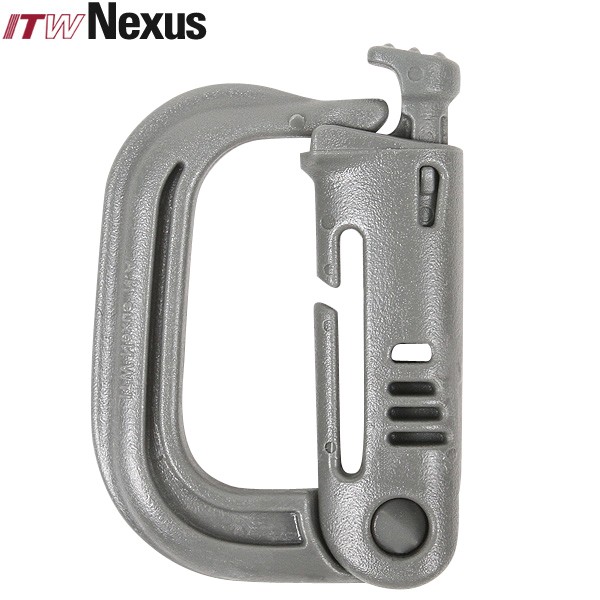

Less mass in the gate and not being as prone to vibration are the factors in prevention. Hear that click? That was the solid gate opening and closing rapidly. If that happened under load on a climb, it’s possible for the vibration to open it enough for something bad to happen.įirst and foremost, a wire gate prevents the aforementioned problem with the solid gate carabiners opening and closing during full-loading.

Take a solid, snap gate carabiner and knock the spine against the palm of your hand. This happens primarily when the rope runs through the carabiner at speed for an extended duration, causing solid gate carabiners to open and close rapidly due to the mass of the gate. Weight isn’t the only reason though, there’s an inherent design flaw to solid gate carabiners called gate flutter. Solid gate carabiners tend to weigh more and are quickly being replaced by wire gates. The two main categories of snap gates are solid gate and wire gate, which come in two available configurations, straight and bent.

They are also typically used for clipping gear to a harness. Snap gate carabiners are designed for leading a climbing route and offer fast clipping and simplicity when placing protection. Unlike the “D” or symmetrical shape carabiners, which shift the rope towards the spine and away from the gate, oval carabiners keep the rope dangerously close to the gate.

We’re specifically referring to oval carabiners, which are more for clipping gear to a harness, but not recommended for climbing due to where the rope sits. The carabiners referenced below are specifically for climbing, and if a type of carabiner is not listed here, then it’s probably not recommend it for climbing. We’ve highlighted the main variations of climbing carabiners as well as what we feel the positives and negatives are. Today we offer a post to try to clear up some of the confusion surrounding carabiners, and what that kN thing means.Ĭarabiners come in many shapes and sizes and are purpose built for many different climbing applications.


 0 kommentar(er)
0 kommentar(er)
